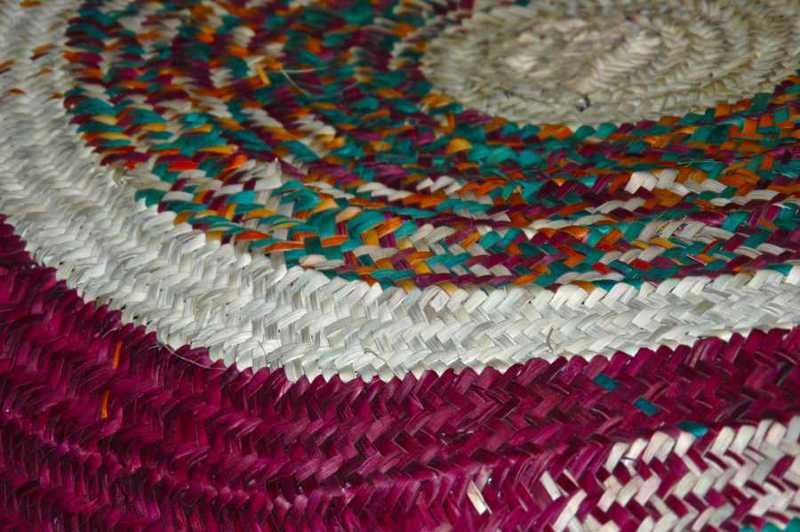FWP:
SETS == SYMMETRY
DREAMS: {3,3}
NIGHT/DAY: {1,2}
SYMMETRY verses: {1,4}; {1,5};
{1,7x}; {4,13x}**; {4,15x};
{6,5}; {10,6}**;
{11,1}; {11,5x}; {12,7x};
{15,2}; {15,8x}; {16,7x}**; {16,9x};
{17,5}; {18,7x}*;
{20,5}** classic case;
{24,3}; {25,1}*, commentators illustrate it;
{28,5x}; {33,8x}*, Gyan Chand; {39,5x}; {44,3x}; {44,4x}; {45,6x}, Gyan Chand;
{47,3x}; {53,12x}, Gyan Chand; {58,1}; {61,7}*;
{64,8x}; {67,1}; {67,4x};
{75,2}; {87,9}**, discussion;
{95,2}*; {105,2}*;
{105,4x}**, commentators illustrate it; {113,1}; {113,9};
{119,7}; {138,1};
{138,6}**; {145,7x}; {145,13x}; {145,14x}*; {147,3}**; {147,7x}; {149,6x}; {149,7x};
{149,8x}; {152,1}; {152,2}**, proof; {152,4}; {154,3}; {155,1}; {155,4x}; {155,5x}*; {156,2x}**, max.; {165,1}*;
{165,2}; {166,1}*; {169,13}; {172,1};
{172,5x}; {181,6}; {188,1};
{194,3}; {194,4}*; {203,1}; {203,2};
{206,3}; {208,8}; {214,7}; {221,1};
{221,3}**; {222,1}; {228,2}, Faruqi notes; {228,3}; {229,6}; {230,7}; [{234,1}, evidence] // {244x,7}, Gyan Chand; {286x,1}; {298x,4}; {312x,6}; {321x,2}; {332x,8}; {360x,1}; {361x,2}; {389x,4}***, commentators vs. SRF; {389x,6}**; {399x,7}*; {417x,1}*, commentators illustrate it; {436x,4}, semantic fit; {438x,8}, used to create ambiguity
For background see S. R. Faruqi's choices. This verse is NOT one of his choices; I thought it was fascinating and have added it myself. For more on Ghalib's unpublished verses, see the discussion in {4,8x}.
In the first line, the ambiguity between the active and passive senses of parvar opens two possible readings: in the speaker's dream, the beloved's gait was either a 'protector of' sight (in that it kept the sight happy and mystically satisfied and attuned to beauty even in dreams) (1a), or else 'protected by' sight (in that the sight refused to let go of the vision of her gait, and continued to savor it in dreams too) (1b). As usual, both readings set us up elegantly for the second line.
The second line is a piquant example of what I call 'symmetry'. 'I found A [to be] B' is, in principle, merely a special case of 'A is B', which in Urdu can equally well be read as 'B is A'. Gyan Chand insists on 'I found A [to be] B'; but he notes with some irritation that Asi and another commentator choose the reading 'I found B [to be] A'. The existence of such controversies shows the genuineness of the 'symmetry' effect, since different commentators choose opposite readings (though almost never do they recognize more than one possible reading).
Like a true mushairah verse, this one withholds its punchy effect until the last possible moment, and then gives us the plebeian, humble, flat, motionless little 'reed-mat' (for more on these mats see {10,3}). The contrast between it and the graceful, swaying 'wave of the rose' as it ripples in the breeze (and thus recalls the beloved's gait) could hardly be clearer-- and yet the two are also related, even if only as opposites. Here are some of the possibilities:
=When the speaker awoke he found the bed of waving roses in the garden to be so inferior to his dream of the beloved's gait, that it seemed to be a humble flat little 'reed-mat' by comparison (2a).
=When he awoke he found that his vision of her gait that was like the 'wave of the rose' had been nothing but an evanescent dream, and what he really had before his eyes was just the humble 'reed-mat' on which he'd been sleeping (2a).
=When he awoke he found himself still under the spell of the vision of her gait, so that through its influence the humble 'reed-mat' on which he'd been sleeping seemed to him to be a 'wave of the rose' (2b).
Still more possibilities arise if we read naqsh
as 'stamp' or 'impression' or 'print'. Then, thanks to the power of the i.zaafat
, the naqsh-e boriyaa can be an impression flattened
into the reed-mat. By the body of the sleeper? Perhaps the dream of her rose-wave
gait is so real that it might be almost that she, or it, tramples the sleeper into
the ground, leaving an impression on his reed-mat. Was the impression left by her dream-gait itself?
Perhaps her rose-wave dream-gait has left a wonderfully real trace (or, alas,
only a trace) on the reed-mat beside the sleeper's charpai.

Asi:
At night I saw her in a dream, and she protected/cherished my sight. At dawn, the effect of this was that my reed-mat had become a wave of the rose.
== Asi, p. 54